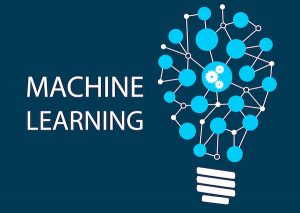Studying the human mind is challenging. Currently, most human brain studies are limited to non-invasive approaches, such as magnetic resonance imaging (MRI). This limits the examination of the human brain at the cellular level, which may offer novel insights into the development and potential treatment of various neurological diseases.
A new study combined neuroimaging with machine learning to reveal cellular properties in different brain regions. According to the researchers, the approach and findings could potentially be used to assess the treatment of neurological disorders, and develop new therapies.
A research collaboration headed up at the National University of Singapore (NUS) has successfully employed machine learning to investigate the cellular architecture of the human brain. The approach uses functional MRI (fMRI) data to automatically estimate brain parameters, enabling neuroscientists to infer the cellular properties of different brain regions without having to surgically probe the brain.
“The underlying pathways of many diseases occur at the cellular level, and many pharmaceuticals operate at the microscale level. To know what really happens at the innermost levels of the human brain, it is crucial for us to develop methods that can delve into the depths of the brain non-invasively,” said team leader Assistant Professor Thomas Yeo, who is from the Singapore Institute for Neurotechnology (SINAPSE) at NUS, and the A*STAR-NUS Clinical Imaging Research Centre (CIRC).
Yeo and his team, working with researchers from Universitat Pompeu Fabra, Universitat Barcelona and UMC Utrecht, analyzed imaging data from 452 participants of the Human Connectome Project. In contrast to previous modelling work, they allowed each brain region to have distinct cellular properties and exploited machine learning algorithms to automatically estimate the model parameters.
The researchers found that brain regions involved in sensory perception, such as hearing, touch, and vision, exhibited cellular properties opposite of those from brain regions involved in internal thought and memories. The spatial pattern of the human brain’s cellular architecture closely reflects how the brain hierarchically processes information from the surroundings. This form of hierarchical processing is a key feature of both the human brain and recent advances in artificial intelligence.
Moving forward, the NUS researchers plan to apply their approach to examine the brain data of individual participants. This could lead to a better understanding of how individual variation in the brain’s cellular architecture may relate to differences in cognitive abilities, therefore leading to more individualized treatments.
At Universe Optics, we are always working to develop high performing precision lens to meet the demands of emerging imaging technology. With our dedicated team of engineers, along with our manufacturing facility, we will craft your specific lens to meet your most finite requirements.